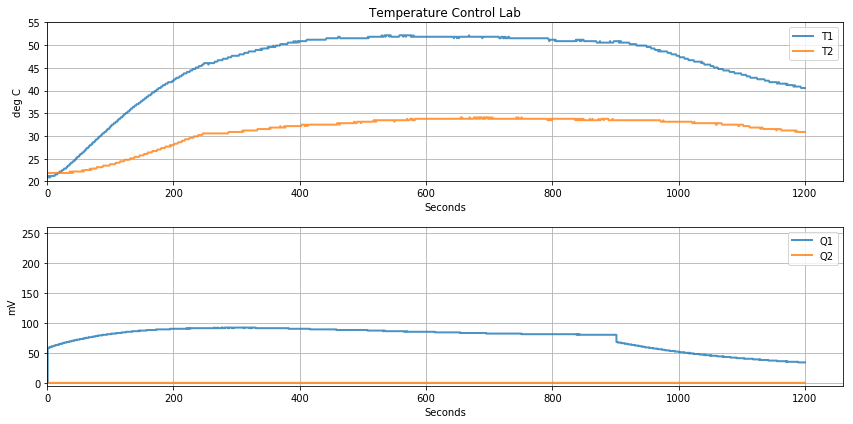!pip install slycot
!pip install controlCollecting slycot
Installing collected packages: slycot
Successfully installed slycot-0.2.0
Collecting control
Using cached control-0.7.0-py2.py3-none-any.whl
Requirement already satisfied: numpy in /Users/jeff/anaconda3/lib/python3.6/site-packages (from control)
Requirement already satisfied: scipy in /Users/jeff/anaconda3/lib/python3.6/site-packages (from control)
Requirement already satisfied: matplotlib in /Users/jeff/anaconda3/lib/python3.6/site-packages (from control)
Requirement already satisfied: six>=1.10 in /Users/jeff/anaconda3/lib/python3.6/site-packages (from matplotlib->control)
Requirement already satisfied: python-dateutil>=2.0 in /Users/jeff/anaconda3/lib/python3.6/site-packages (from matplotlib->control)
Requirement already satisfied: pytz in /Users/jeff/anaconda3/lib/python3.6/site-packages (from matplotlib->control)
Requirement already satisfied: cycler>=0.10 in /Users/jeff/anaconda3/lib/python3.6/site-packages (from matplotlib->control)
Requirement already satisfied: pyparsing!=2.0.4,!=2.1.2,!=2.1.6,>=2.0.1 in /Users/jeff/anaconda3/lib/python3.6/site-packages (from matplotlib->control)
Installing collected packages: control
Successfully installed control-0.7.0


